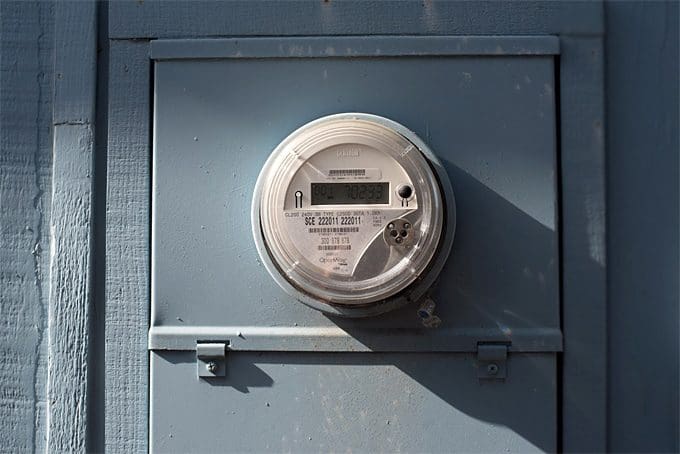words Alexa Wang

Distance learning, online courses, mass training – these are some of the terms that we start to hear more often. A new educational revolution has long been talked about in social networks and the world’s main media, foreshadowing the death of the traditional education system.
And while the promised grade inflation hasn’t happened yet, people have started adding Coursera and Udemy certifications to their resumes. Already today, online education is highly competitive and preferred by many. So how is online learning superior to other educational forms? Is this just a trend and mainstream or a real way to gain quality knowledge? Let us get all this straightened out.
What Are the Benefits to Avail of?
In the 21st century, all students have many ways to make the educational process better and more effective. Learning over the Internet allowed students to master complex subjects way faster and efficiently. In many countries, experts who teach students over the Internet use course materials specially designed for online learning, which makes the process smoother for all the participants. Here are some other benefits of online learning that make many vote for it.
#1 – It Is More Comfortable
E-learning courses have become extremely popular mainly and are considered an advancement of education because they are much more convenient than traditional face-to-face classes for both learners and a teacher. Students can easily fit the learning process into their daily routine tasks and responsibilities as they are free to explore multimedia content and learning materials whenever they want. Even better – no one needs to travel anywhere to gain new knowledge; students can attend a virtual class from the comfort of their homes or offices.
#2 – It Is Cheaper
Another reason making learning at the best online universities so popular is that it is much cheaper than traditional ways of getting an education. The thing is that the cost of classes is often a huge obstacle for many, and not all students can afford to enroll in the courses they were interested in. The cost was also a problem for companies that would like their employees to improve their skills through further training but did not have sufficient funds to attend conferences and pay for training courses. Whatever professions students are striving to get on the Internet, distance courses like these medical terminology classes are an excellent opportunity to train staff while spending a minimal amount.
#3 – Students Can Learn More
Through the years of professional development experience, IBM (International Business Machines Corporation) has found that online multimedia training courses provided employees with five times more content than traditional face-to-face or one-on-one instructor-led courses. The people from Fortress Learning can explain how exposure to various resources and ideas evokes further interest in people, thus resulting in a more captivating learning process. Online courses give students complete control over what and how they learn since they don’t have to keep up with anyone and can work independently, at their own pace. Distance learning allows students to work faster than in a group and receive more information, which gives total flexibility in choosing academic career.
#4 – More Students Accomplish Courses
Many offline courses fail to get all of their students to the final class. Recent research has shown that this thesis did not apply to e-learning. With distance learning, the situation is the opposite. According to statistics, online courses have boosted student retention rates from 25% to 60%. And there are several things explaining this trend:
- Distance education offers students more engaging multimedia content to get the accreditation;
- Online course students have more control over how they work with the material;
- Online training allows for individualization for every student and one’s needs;
- E-learning improves attention, note-taking, and retention;
- A flexible online class schedule removes any conflicts between lessons and other tasks.
#5 – It Takes Less Time
Many students do not want to enroll in face-to-face courses simply because they are time-consuming. You need to spend some time getting to school, waiting for teachers, and getting back home. Simple calculations show that distance learning courses usually require 40-60% less time than standard classroom instruction. Besides that, many e-learning options allow students to independently allocate the time they spend mastering the course. You can always record an online lecture with free screen recording software and watch it at a time that is comfortable for you. A screen recorder will help you be on top of things 24/7.
#6 – It Allows for Total Control of Knowledge
One of the great things about online courses is that knowledge control can become an almost constant process, and it is handled by learners themselves. This is very convenient for students since adding regular short tests to multimedia content and teaching materials allows not only to identify gaps in knowledge but also to improve student engagement in the educational process. Recently published research from the Harvard University Methodology Laboratory clearly suggests that introducing short but regular tests for college accreditation halves student distraction, motivates them to write lectures, and improves overall learning outcomes.
#7 – It Is More Sustainable
Online learning is certainly a more efficient option for students, but it’s also better for the environment. The Open University of Geneva found that online learning requires an average of 90% less energy and 85% less CO2 emissions than traditional courses. So it can in no way be called a bad education.
Final Say!
Based on the above, it is just obvious that online classes and multimedia content turn out to be a more effective method of learning in general. It gives total flexibility to students, allows for a comfortable setting, and provides numerous opportunities to all students taking part in the process.




